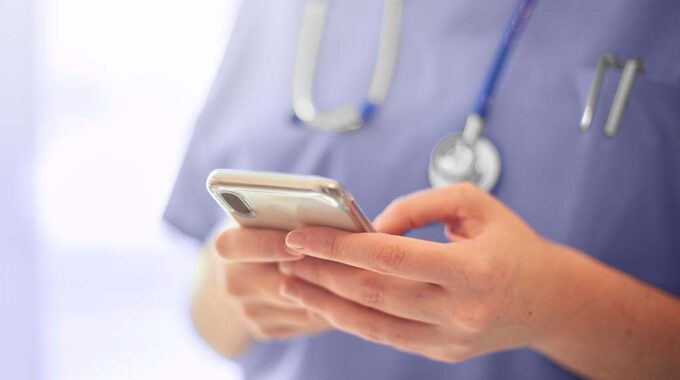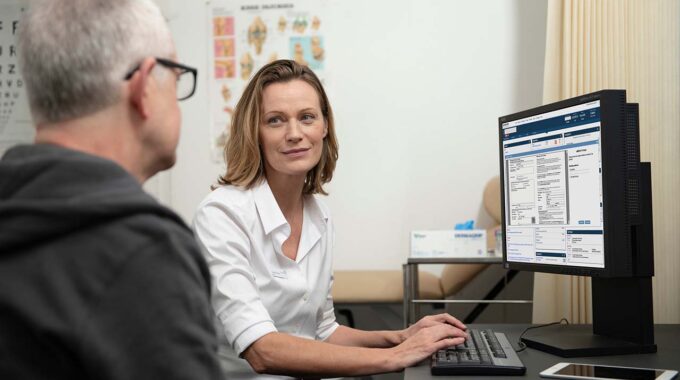Northampton General Hospital NHS Trust (NGH) has signed a ten-year contract with Nervecentre to implement…
NHS Innovation Accelerator fellowship programme to make the best healthcare innovations more widely available to benefit patients. By Paul Volkaerts
Following the announcement that I have been selected as one of the fellows of the NHS Innovation Accelerator Programmes, I wanted to focus this latest blog on why I applied for the role and what I would like to use the role to achieve during the next 12 months.
The NHS Innovation Accelerator (NIA) is a fellowship programme being delivered collaboratively by NHS England, UCLPartners, The Health Foundation and with the Academic Health Science Networks (AHSNs). The aim of the NIA is to deliver on the commitment detailed within the Five Year Forward View – creating the conditions and cultural change necessary for proven innovations to be adopted faster and more systematically through the NHS, and to deliver examples into practice for demonstrable patient and population benefit.
I was very proud to be selected as a NHS Innovation Accelerator Fellow. The leaders of the programme certainly put us through our paces in the selection process, making the appointment all the more meaningful, and I’m very optimistic about what can be achieved working alongside UCL Partners and the AHSNs and the other 16 fellows.
The NIA were looking for proven innovations that could be diffused throughout the NHS to improve safety and efficiency. Out of the broad range of innovative solutions that Nervecentre provides, the one that stands out for me as requiring a programme such as this is the use of our “Task Management” across a hospital, both for Hospital at Night but also for day-time scenarios but starting with the Out of Hours processes.
Here are 5 simple facts that explain why I think the use of Mobile Task Management to address the Hospital at Night process fits that requirement.
1. Proven
There are around 10 large NHS hospitals currently using our Mobile Task Management to improve their Out of Hours processes, and all have seen significant improvement in safety including reduction in incidents, increased efficiency, effective communication and staff morale. The results have been well documented in both independent and hospital driven studies, leading to this solution being published in the Royal College of Physicians Future Hospitals Case Studies.
2. Importance
Out of hours processes are key to the smooth and safe running of any hospital, accounting for how the hospital runs up to 75% of the time – 120 hours per week. There has been a lot of focus on the move to providing 24/7 care in hospitals, and the use of technology is the only affordable way to improve care 24/7.
3. Ease of adoption
Out of hours care is extremely stressful for the doctors and nurses that provide that care. Staff are often junior and technology can help those staff to feel better supported. For this reason, it is perhaps one of the most easily adopted technologies, with all parties – doctors, nurses and coordinators – enjoying a more supported working shift.
4. Patient Safety
The improvement in patient safety with transparency of workload, the acutely unwell patients can be distributed more evenly across the sparse resources leading to quicker response times and prevention of further deterioration. The ability for the Med Registrar to have immediate visibility of the sickest patients the across the hospital and ability to support his juniors.
5. Visibility
Centralised visibility of all tasks and staff allows a hospital to take full control of its resources, to maximise alignment with priorities, improving efficiency and flow. Increases the time coordinators spend performing clinical duties from less than 10% to over 80% of their time, by allowing coordination from a mobile device.
Plus, as hospital at night teams are quite small, the deployment of this technology is quick and relatively inexpensive.
So with this compelling evidence, why has this technology not diffused already? It has been around for a number of years, from a number of suppliers, yet only 1-2 hospitals per year adopt mobile technology into the Out of Hours process.
I’m really looking forward to working with the NIA team on answering this question, and looking to see if we can accelerate the diffusion of this technology. After all, getting the Out of Hours process right is going to be critical to the 24/7 hospital.
Paul Volkaerts
CEO Nervecentre Software




This Post Has 0 Comments